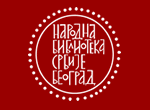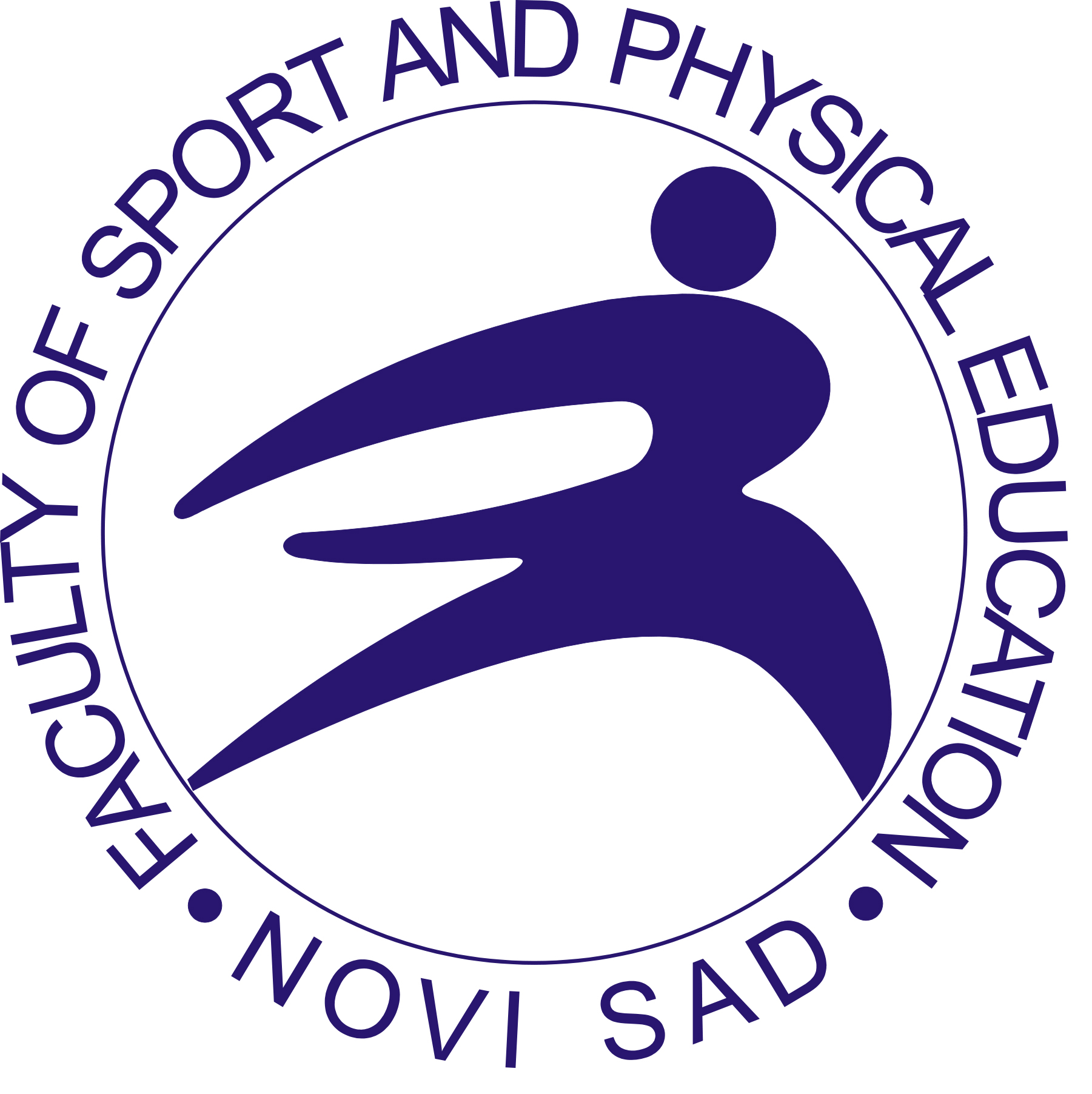
More articles from Volume 1, Issue 1, 2009
Index analysis of technical-tactical preparedness of Olympic games 2008 judo champions (men)
Can agility training affect athletic power performance?
The effect of ageing on contraction time of postural and non-postural skeletal muscles in master athletes
Physical activity of adult women in Greece. Differences between urban and rural residents
The influence of total physical inactivity on plasma homocysteine levels. Risk factor for development of cardiovascular disease
Assessment of cognitive functions related to the level of physical exertion
Department of Physiology, Medical School, University of Novi Sad , Novi Sad , Serbia
Department of Physiology, Medical School, University of Novi Sad , Novi Sad , Serbia
Department of Physiology, Medical School, University of Novi Sad , Novi Sad , Serbia
Department of Physiology, Medical School, University of Novi Sad , Novi Sad , Serbia
Department of Physiology, Medical School, University of Novi Sad , Novi Sad , Serbia
Abstract
The chronic effects of physical activity on cognitive functions are scarcely documented. The aim of this experiment was to give inligth on the influence of single bouts of exercise at different intensities on the amplitude and latency of P300 component of cognitive potentials in the offense team of American football players. The subject sample consisted of 11 male athletes – members of the American football team “Dukes” Novi Sad, all engaged in the offense team. The control group was formed of 10 age matched students of the University of Novi Sad who were not engaged in any organized physical activity. In the present study the participants were engaged in single bouts of exercise on a cycle ergometer at different intensities. In American football players the amplitude of P300 wave after exercise intensity achieved at 75% HRmax (Fz 15.34±3.99 mV; Cz 19.00±6.26 mV) was statistically higher (p<0.05) than the amlitude at rest (Fz 11.08±4.65 mV; Cz 13.00±5.16 mV) and after exercise at 60% HRmax (Fz 11.87±4.39 mV; Cz 13.43±3.13 mV). There was a significant decrease in amplitude after exercise at 90% HRmax (Fz 11.96±4.48 mV; Cz 13.82±7.10 mV) to the levels of baseline values obtained at rest. In the control group the amplitude of P300 wave after exercise intensity achieved at 60% (Fz 11.02±4.99 mV; Cz 13.98±2.31 mV) and 75% HRmax (Fz 11.58±3.97 mV; Cz 14.64±1.94 mV) were statisticaly higher (p<0.05) than the amplitude of P300 at rest (Fz 7.99±2.95 mV; Cz 11.56±1.81 mV) and after 90% of maximal puls (Fz 8.76±3.05 mV; Cz 12.63±3.31 mV). There were no differences (p>0.05) between the amplitudes after 60% and 75% of HRmax, as well as between the values obtained at rest and after 90% of HRmax. Short duration exercise corresponding to 75% HRmax facilitated cognitive processing in the CNS in athletes, showing that strenuous exertion on the field improves cognitive capabilities in American football players.
Keywords
References
Citation
Copyright

This work is licensed under a Creative Commons Attribution-NonCommercial-ShareAlike 4.0 International License.
Article metrics
The statements, opinions and data contained in the journal are solely those of the individual authors and contributors and not of the publisher and the editor(s). We stay neutral with regard to jurisdictional claims in published maps and institutional affiliations.
























